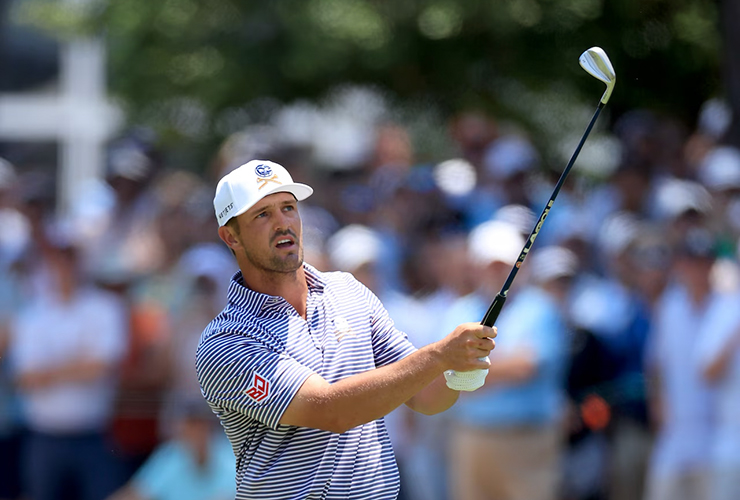Question: What’s the deal with all the irons in a set being the same length? Is it really a simpler way to play the game?
Answer: We like this question if for no other reason than we recently visited the good folks at Cobra Golf, and the topic of single-length always comes up.
Certainly the success of Bryson DeChambeau and his unique Avoda 3-D printed single-length approach to his irons jumps to the fore. Given that DeChambeau, who has nine PGA Tour wins including two U.S. Open victories, has proven that his eccentric method clearly has merit, the question naturally arises: Can that method work for you, too?
Single-length has been in the shadows of golf equipment for decades behind small companies like 1-Iron Golf and the long-forgotten sets of EQL irons from Tommy Armour Golf in the late 1980s. But it has emerged in recent years with multiple options from Cobra (who DeChambeau signed with when he first turned professional), Wishon Golf and Edel, the company that built DeChambeau’s irons when he won the U.S. Amateur in 2015. So if you’re intrigued by single-length irons, you have choices. However, there are some potential pros and cons to consider.
Single-length’s greatest strength is consistency. One swing, one setup from 4-iron to pitching wedge means more efficient practice and greater ease in grooving a repeatable motion. And single-length designs have greatly evolved. Face technology and even shaft type within the set have improved the distance gaps and ball flights needed to make shots more predictable.
The challenge for many average golfers trying to make the switch to single-length irons is distance, trajectory and distance control. Long irons tend to fly a little lower and carry a little shorter, and short irons fly a little higher and longer. That could be a non-starter for some.
Single-length might seem like a perfect “click-to-buy” piece of equipment, but getting a fitting is a must. Sure, the static measurements of lie angle and length can be more easily dialed in to your physical frame because you’ll need only one set of measurements, but being comfortable with the right fit for the 7-iron and basing a set off of that simply isn’t enough. You should test the long and short irons to see that you have all the distances and ball flights you need. The answer might not be single-length; there could be other options at the long and middle sections of your set (high-lofted fairway woods, hybrids or even utility irons). Different clubs might get you the distance and trajectory that a traditional variable-length or a single-length iron set can’t.
DeChambeau, who once called his first PGA Tour win in 2017 “the day the game changed,” is unwavering in his belief that all his irons should be the same length. Maybe the game hasn’t changed like he thought, but with his success, the intrigue around such clubs continues.
Main Image: David Cannon









